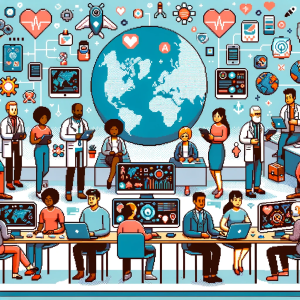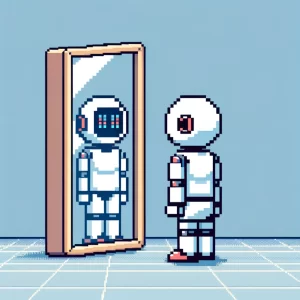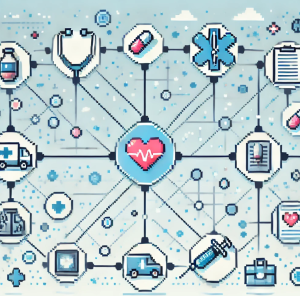
AI, Automation, and Public Health: Why the Latest Senate Report Should Alarm Us
On October 6, 2025, Senate Democrats released a sweeping report, The Big Tech Oligarchs’ War Against Workers. It paints a stark picture: artificial intelligence and automation could replace up to 100 million U.S. jobs within the next decade, including significant shares of healthcare roles, such as registered nurses and home health aides. The report warns that corporations—from Amazon to UnitedHealth Group—are already laying off tens of thousands while touting AI as a way to “lower costs” and replace human labor.
While framed as an economic and labor issue, the implications for public health are profound. At a time when America’s health infrastructure is shrinking and fragmenting, AI-driven workforce disruption threatens to destabilize hospitals, local health departments, and care networks even further.
AI Job Losses in Health Care: A Coming Shock
The report highlights that as much as 40% of registered nursing tasks and 25% of personal care aide roles could be automated. Add to that the clerical and administrative jobs (such as secretaries, billing staff, and data entry clerks) that are already vanishing, and you have a sector facing major disruption.
Public health relies on frontline workers—from lab techs monitoring outbreaks to home health aides providing chronic care. If these roles are slashed or reshaped without safeguards, we risk a system with fewer people to staff clinics, track disease, or serve vulnerable communities.
The Political Overlay
This disruption doesn’t happen in a vacuum. As we noted in our earlier blog, the nation’s public health system is already shrinking due to federal budget cuts, frozen grants, and workforce reductions. Now, overlay a rapid transition to “artificial labor,” and two scenarios emerge:
- In red states, where grants and Medicaid funds have been curtailed, AI adoption may lead to the replacement of workers with little oversight. Expect deeper inequities in vaccination, surveillance, and the management of chronic diseases.
- In blue states, labor unions and public pressure may push for guardrails, but uneven funding still limits the ability to adapt.
Either way, the fragmentation of U.S. public health—already widening since 2025—will accelerate.
Corporate Power vs. Community Health
The report makes clear that Big Tech and large corporations are driving this shift, often prioritizing profits over people. Companies like UnitedHealth Group openly boast that AI will handle “over half of our calls” in 2025.. For public health professionals, this means more outsourced decision-making and less community-grounded care.
If left unchecked, we could see:
- More errors and inequities in care delivery as algorithmic tools replace human judgment.
- Loss of institutional memory as veteran staff exit.
- Wider gaps between communities with strong local health workforces and those dependent on federal safety nets.
What Needs to Happen
The Senate report concludes with a call for worker-centered reforms, including union protections, profit-sharing, and even a 32-hour workweek. For public health, the stakes are even higher. Three priorities stand out:
- Protect critical health roles. AI may streamline billing or logistics, but frontline roles in nursing, epidemiology, and caregiving must remain human-centered.
- Invest in training and transition. Workers displaced from administrative or clerical jobs should be reskilled into high-need health and prevention roles.
- Guard against inequity. Federal and state leaders must ensure that AI adoption doesn’t deepen divides in access to care.
Bottom Line
The Senate Democrats’ report is not just about jobs—it’s about the future of health and equity in America. If the U.S. continues to cut public health budgets while simultaneously allowing corporations to replace health workers with “artificial labor,” communities will be left more vulnerable to outbreaks, chronic disease, and widening inequities.
In today’s socio-political climate, where federal oversight is weakened and state systems are diverging, the fight over how AI is deployed in the workforce is also a fight over whether public health remains a public good—or becomes another casualty of unchecked automation.



